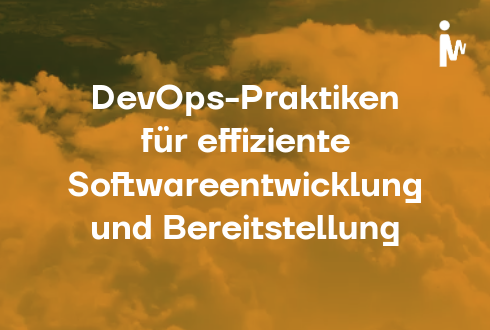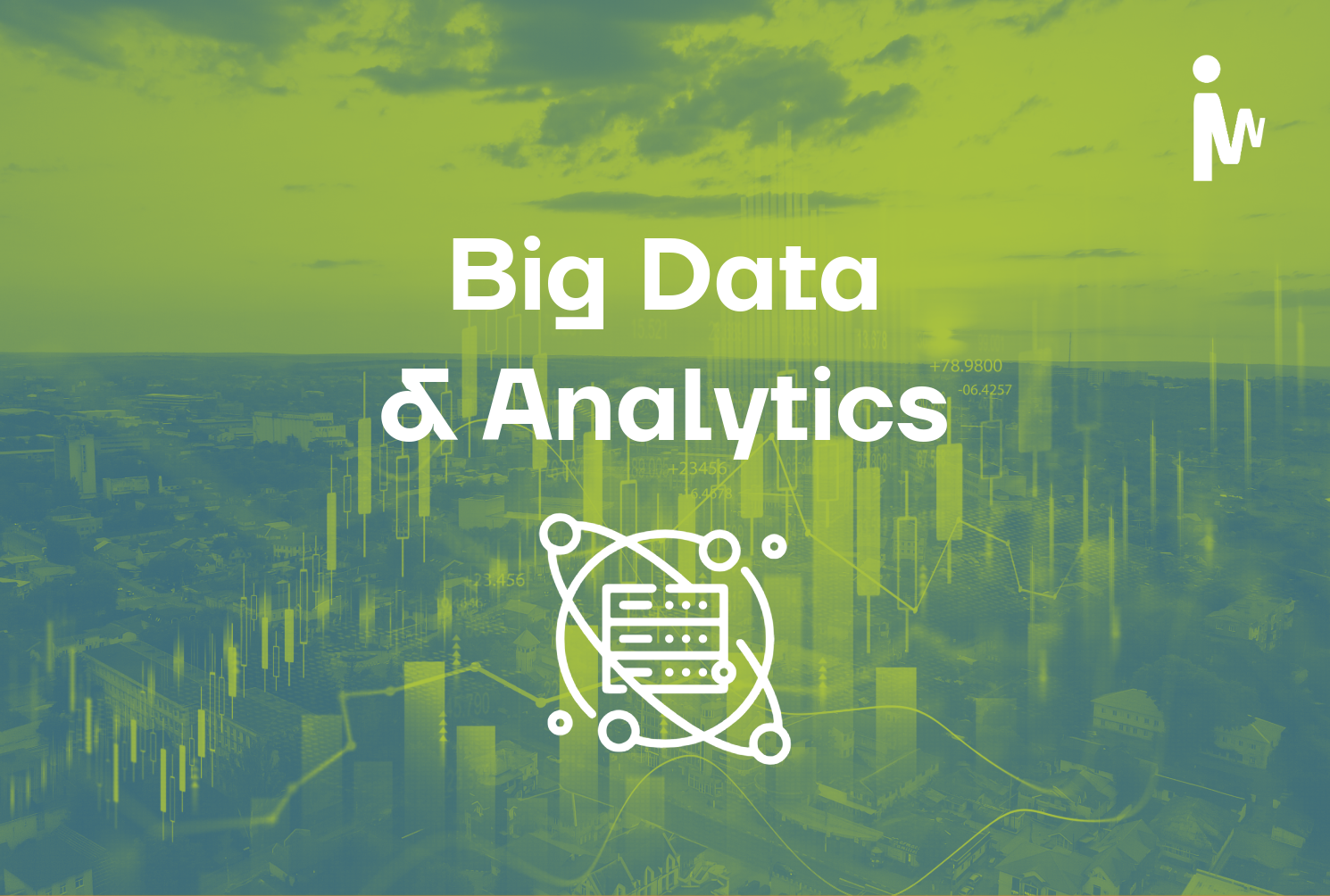Using IoT to Improve ESG Practices with OCTOBUS
 integrationWorks
·
4 minute read
integrationWorks
·
4 minute read
.png?width=1490&height=1004&name=Blog%20Bilder-3%20(5).png) Companies worldwide are increasingly adopting environmental, social and governance (ESG) principles to promote sustainable and responsible operations. A key driver in this transformation is the innovative use of Internet of Things (IoT) technology, which offers companies new opportunities to meet their ESG obligations. The OCTOBUS IoT platform is at the forefront of this movement, offering advanced solutions that help organizations achieve their ESG goals more effectively.
Companies worldwide are increasingly adopting environmental, social and governance (ESG) principles to promote sustainable and responsible operations. A key driver in this transformation is the innovative use of Internet of Things (IoT) technology, which offers companies new opportunities to meet their ESG obligations. The OCTOBUS IoT platform is at the forefront of this movement, offering advanced solutions that help organizations achieve their ESG goals more effectively.
- Understanding ESG and its importance ESG stands for environmental, social and governance – three key criteria that companies use to assess their impact on the world and their commitment to ethical business.
Environmental: This criterion focuses on a company's efforts to manage its environmental responsibilities, including reducing carbon footprint, waste management, resource conservation and combating climate change.
Social: This component assesses how a company treats people, including employee rights, diversity, workplace safety and its impact on local communities.
Governance: This concerns a company's management practices, ethical standards, audits, internal controls and protection of shareholder rights. It reflects the company's commitment to trading with transparency and integrity.
How the OCTOBUS IoT platform improves ESG practices: The OCTOBUS IoT platform is designed to collect and process data from various IoT sources such as PLCs, edge devices and commercial sensors such as Sigfox, LoRa and NB-IoT. By securely transferring this data to a cloud-based environment, OCTOBUS enables companies to monitor, analyze and visualize information through dynamic, customizable dashboards. This functionality empowers organizations to optimize their performance and improve their approach to sustainability and corporate responsibility.
Improving the social component of ESG: In our webinar, we explored the significant impact of IoT technology, particularly through the OCTOBUS platform, on the social pillar of ESG. Here are some practical examples that illustrate this influence:
- Vaccine storage temperature monitoring: In hospitals in Bangkok, OCTOBUS enables real-time monitoring of vaccine storage temperatures, ensuring vaccines remain effective by avoiding temperature fluctuations. This initiative directly supports public health by ensuring vaccine effectiveness, which is critical to preventing disease in communities.
Indoor air quality monitoring: In Chiang Mai, OCTOBUS monitors indoor air quality in historic buildings. By detecting and addressing high levels of pollutants, this project not only protects the health of residents, but also helps preserve the community's cultural heritage and ensures safe living conditions in historically significant areas.
Water Leak Prevention: At Millennium Residence in Bangkok, OCTOBUS installed 185 leak protection sensors to detect water leaks early, prevent damage and ensure a safe and comfortable living environment. This proactive maintenance approach improves community well-being by preventing health hazards and costly repairs.
- Strengthening the environmental component of ESG In the webinar, we also highlighted the role of IoT in strengthening the environmental component of ESG:
Energy saving solutions: In collaboration with ContineWM, OCTOBUS has developed an innovative energy saving solution for air conditioning systems. By monitoring energy consumption and implementing energy saving networks, energy consumption and CO2 emissions have been significantly reduced. A real-world example from a hotel in Bangkok showed a 25 percent reduction in energy consumption, representing annual savings of $144,000 and a reduction of 36 tons of CO2 emissions per month.
Wider environmental impact: These initiatives demonstrate how IoT technology can be used to monitor and control energy consumption in real time, integrate renewable energy sources and improve grid management. This not only supports sustainable urban development, but also contributes significantly to reducing greenhouse gas emissions.
Governance and IoT: Increasing Accountability and Transparency Adopting IoT solutions like OCTOBUS also reflects a company's commitment to responsible governance. Effective governance includes establishing clear energy management policies, investing in sustainable technologies, and regularly reporting on energy consumption and sustainability goals. By integrating IoT technologies, companies can improve accountability and transparency, meet regulatory requirements, and increase stakeholder trust.
Other potential use cases for IoT to support ESG goals
- In addition to these practical applications, there are numerous other potential use cases for IoT technology such as OCTOBUS to improve ESG practices. A few examples are given here, but the possibilities are much more diverse:
Remote patient monitoring: Devices can collect patient vital signs and send alerts to medical staff, enabling timely interventions and reducing hospital readmissions. This can significantly improve health outcomes and patient safety.
Wearable health devices: IoT platforms can integrate data from wearable devices that track physical activity and health metrics, promoting healthier lifestyles and enabling early detection of potential health problems.
Elderly care monitoring systems: IoT devices can monitor the well-being and safety of older people, allowing them to live independently while ensuring help is available when needed. This supports a higher quality of life for seniors and provides security for their family members.
Monitoring air quality in cities: Sensors installed throughout a city can track pollution hotspots and sources, contributing to urban planning and traffic management to reduce overall pollution and improve public health. - Monitoring air quality in schools and playgrounds: Paying close attention to air quality around schools and playgrounds can protect children from respiratory illnesses and promote their overall health and safety.
Industrial Emissions Monitoring: IoT solutions can monitor emissions from factories and industrial facilities to ensure compliance with environmental standards and minimize harmful impacts on nearby communities.
Public health alerts: With real-time air quality data, IoT systems can issue public health alerts and advise residents to take precautionary measures on days of high pollution, such as limiting outdoor activities.
Flood monitoring and management: Sensors deployed in vulnerable areas can provide early warnings of flood risks, enabling timely evacuations and preparations to minimize damage and protect lives.
Smart irrigation systems: These systems optimize water use for landscaping and gardening, reducing waste and conserving valuable water resources.
Water quality monitoring: Sensors in water supply systems detect contaminants and ensure water remains safe for consumption, protecting public health.
Conclusion:
The Future of ESG with IoT As we continue to explore the potential of IoT technologies such as OCTOBUS, it is becoming clear that IoT can make a significant contribution to achieving ESG goals across various industries. From improving the health and safety of communities to reducing environmental impacts and strengthening governance practices, IoT provides powerful tools for companies committed to sustainability and social responsibility.By embracing these technologies, companies can not only improve their ESG performance but also make meaningful change in the world. If you're ready to explore how IoT can help you achieve your sustainability goals, the OCTOBUS team is here to help.



